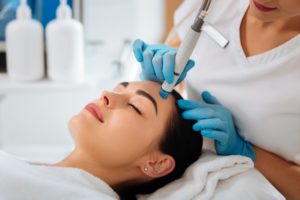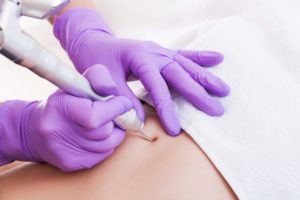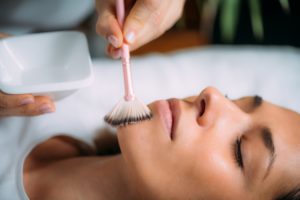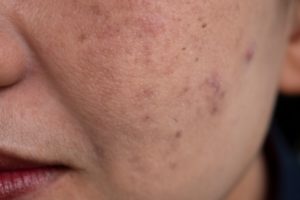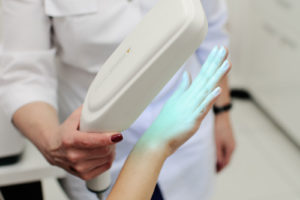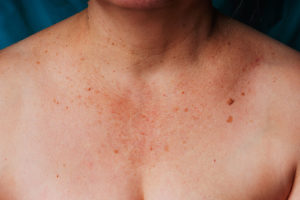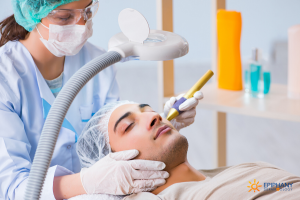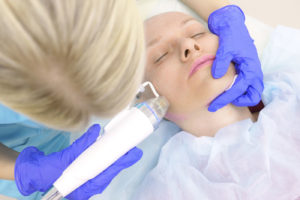 RF microneedling has been called the hottest skincare trend in the country, the future of skin care, and one of the most versatile devices for anti-aging. It has quickly become one of the most sought-after skincare treatments across the country, and for good reason. AGNES RF combines the versatility of microneedling to precisely penetrate the skin at specific points, combined with RF (radiofrequency energy) to reduce unwanted fat and improve skin laxit...
RF microneedling has been called the hottest skincare trend in the country, the future of skin care, and one of the most versatile devices for anti-aging. It has quickly become one of the most sought-after skincare treatments across the country, and for good reason. AGNES RF combines the versatility of microneedling to precisely penetrate the skin at specific points, combined with RF (radiofrequency energy) to reduce unwanted fat and improve skin laxit... Read more about AGNES RF

